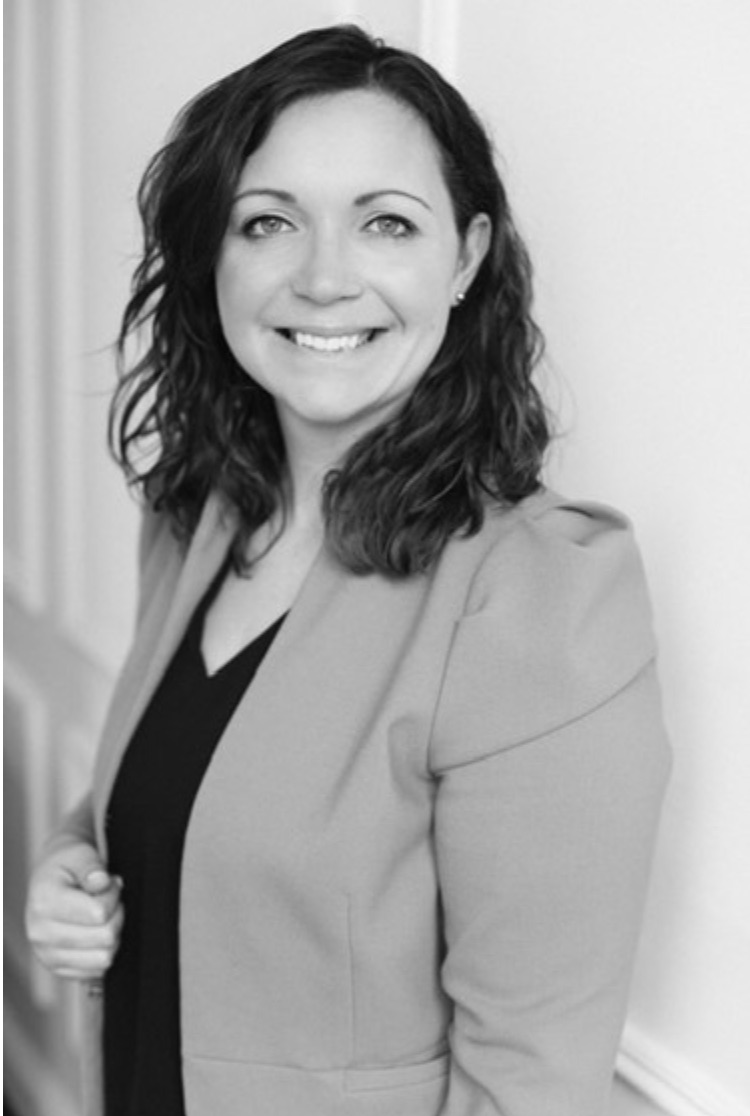Megan Romanowski: Member Spotlight

Megan Romanowski
Lawyer
Ever since her first introduction to family law, while as the Pro-Bono Students Canada Family Law Coordinator at Windsor Law, Megan has focused on helping families navigate all stages of the family law process. She has seen how the litigation process can negatively affect families and realized early on that she wanted to make this process better for her clients. After working a number of high-conflict parenting cases and complex financial cases, Megan chose to train as a Collaborative Family Lawyer.
Putting her clients in the driver’s seat, she now guides separating couples through a cooperative and cost-effective process to resolve their family law issues. Megan is the Co-Chair of Collaborative Practice Hamilton Halton and sits on the board for Collaborative Divorce Toronto.
Quick Q&A with Megan Romanowski:
1. Before you were practicing collaborative law, it sounds like you were working with some high-conflict cases. That feels like quite a switch! What prompted you to move towards collaborative practice?
I was initially drawn to collaborative law because the process appeared to be better suited to the resolution of parenting issues. After seeing parents standing on opposite sides of the courtroom, a process that involved a family neutral (i.e., a mental health professional) to help the parties make decisions for their own families sounded like a more humane way to resolve disputes.
After having the opportunity to participate in collaborative files, I continue to see the process as a child-focused choice for parents whose priority is minimizing disruption and supporting their children through the separation.
Through experience, I’ve also learned that the collaborative process can suit families without children or with adult children. In these cases, a family neutral can support the parties to address the emotional impact of separation in a way that better equips them to make legal and financial decisions.
An unexpected benefit of the collaborative process for me was the role of a financial professional, who not only helps the parties to prepare their own disclosure but can assist clients in gaining a sense of financial literacy they may not have had prior to separation.
2. Do you feel like high-conflict cases are ever suited to collaborative divorce?
The term ‘high-conflict’ can encompass a wide range of situations, not all of which are well suited to the collaborative process. However, I think there is a misconception that in order to participate in the collaborative process clients have to be very amicable and/or have uncomplicated issues – that’s not true.
The collaborative process can help clients with complex parenting challenges, complicated assets, and the list goes on. For me, the file that “suits” the collaborative process is where both parties are committed to an out-of-court resolution and willing to take responsibility for their role in the process, including generating ideas, providing disclosure, etc.
3. How would you describe the level of satisfaction clients feel from a collaborative divorce versus litigation?
I often tell clients that litigation is like gambling – you do not have control over the timing of the process (and there are significant delays across the province), you do not know the judge that will be making important decisions about your life and the judge may only have limited information about you.
In the court process, clients give away control of their own lives, ask the Court to make a decision, and are often disappointed with the end result. Even “winners” have to spend significant amounts of money to achieve a final decision and in doing so, are subject to prolonged stress as a result of the court process.
Unlike litigation, the collaborative process puts clients in the driver’s seat of their own lives and allows them to find creative solutions. The decision-makers in the collaborative process are the clients, who have the most information about their children, their finances, their future hopes, and are therefore in the best position to weigh options and reach a final settlement.
When a client has been empowered to participate in the terms of a final settlement, as they are in the collaborative process, they are often proud of their hard work, satisfied with the outcome, and ready to start the next phase of their lives.

